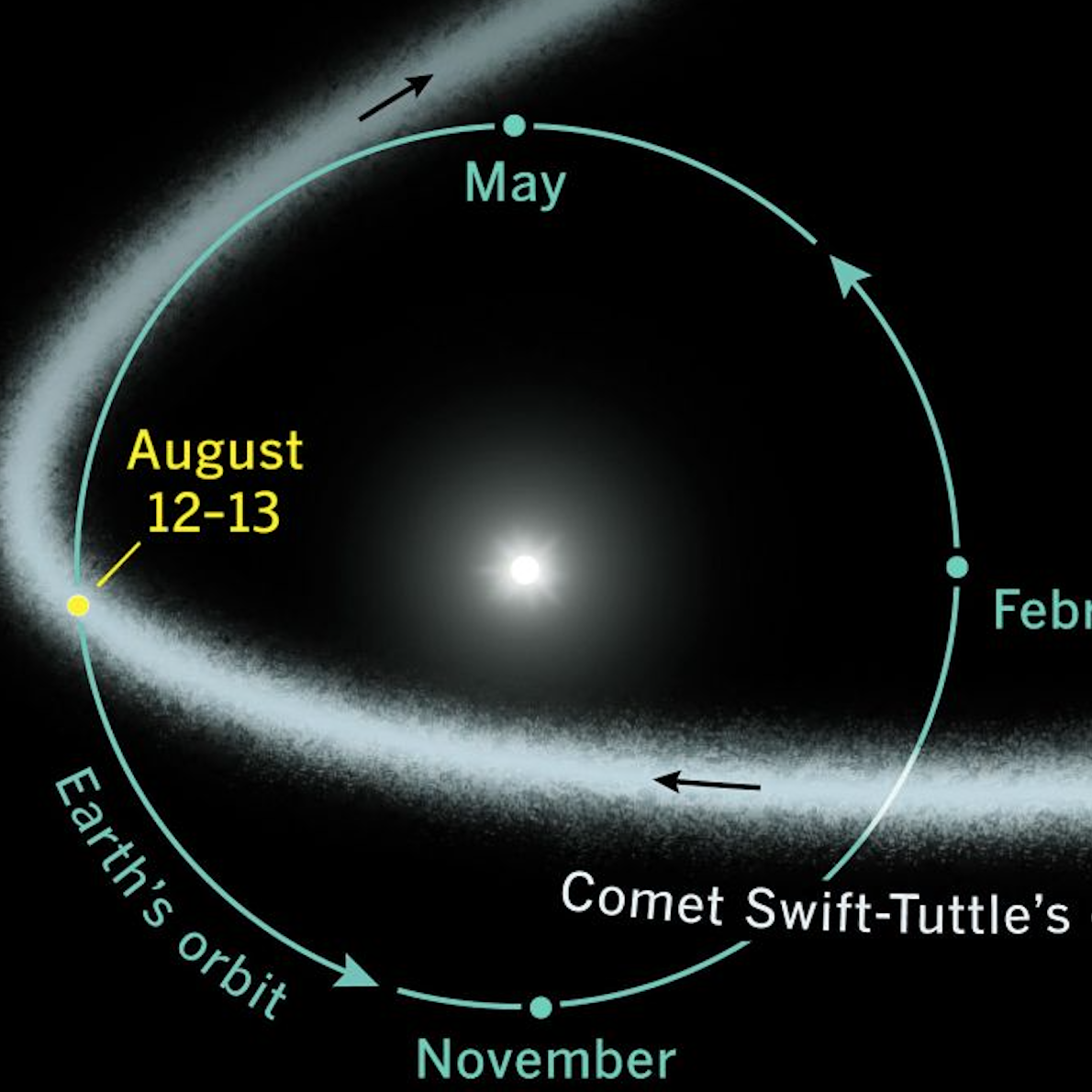Introducing Barringer Family Fund Research Grant Recipient: Stamatios Xydous
Stamatios Xydous’ project: Chemical and spectroscopic characterization of shock metamorphism features in a suite of shocked ordinary chondrite meteorites with implications on the dynamic of impacts among asteroids aims to explore how the meteorites were affected after formation.
Introducing Barringer Family Fund Research Grant Recipient: Raiza R. Quintero
Raiza Quintero’s research project- The Ilkurlka magnetic ring anomaly: a new Australian impact structure? - is also much like our founder, D.M. Barringer’s pursuit, to determine and confirm the buried Ilkurlka structure in Australia is an impact structure!
Introducing Barringer Family Fund Research Grant Recipient: Soddjartj Raipriye
Each year, the Barringer Family Fund awards a small number of competitive grants, in collaboration with the Lunar and Planetary Institute, to support MA, PhD, and postdoctoral students as they carry out field research at known and suspected impact sites around the world.
Introducing Barringer Family Fund Research Grant Recipient: Morgan Cox
Each year, the Barringer Family Fund awards a small number of competitive grants, in collaboration with the Lunar and Planetary Institute, to support MA, PhD, and postdoctoral students as they carry out field research at known and suspected impact sites around the world. The 2020 grants have been awarded to 6 recipients, their projects are posted on the site in RESEARCH.
Introducing Barringer Family Fund Research Grant Recipient: Tiolo Aurélien Temenou
Each year, the Barringer Family Fund awards a small number of competitive grants, in collaboration with the Lunar and Planetary Institute, to support MA, PhD, and postdoctoral students as they carry out field research at known and suspected impact sites around the world. The 2020 grants have been awarded to 6 recipients, their projects are posted on the site in RESEARCH.
Why We Don't See So Many Meteorite Impact Craters on Earth...
Looking at the moon, and knowing there are constant meteor showers, have you ever wondered why Earth is not similarly covered in impact craters? Can you guess?
There are several reasons, including the obvious ones, but not all are obvious, discussed by Alan Hale writing for RocketStem.org in this article. Its always a pleasure to see Barringer Meteorite Crater used as a prime example amongst many of meteor impacts on our planet!
Backyard Meteorite? This one was recently confirmed in Germany
Wouldn’t you love to discover a meteorite…. in your own backyard? Sounds infinitely unlikely but is actually more common than you would expect. This 66 lb beauty was discovered many years earlier in this German family’s backyard, and only recently confirmed by the Meteoritical Society.
Catch Sight of Comet Neowise Before it Fades
Its not too late to catch sight of the comet Neowise before it begins to fade soon- visible with the naked eye! Especially away from city lights, look to the North West soon after sunset and let your eyes acclimate to the dark. Find out more from Matthew Cappucci’s Washington Post article, Read More
Middle School Teachers: Updated Virtual Meteoritics Curriculum for Free!
Welcome Teachers! We’ve gone VIRTUAL!!! Every lesson is perfect for Zoom or your school’s computer lab. Your students will become experts at observing, identifying, and analyzing impact craters and will learn the scientific history to impact crater discovery.
Catch the next Meteor Shower! Here's a handy Guide:
The American Meteor Society has created a helpful calendar for us star gazers and Meteor Shower enthusiasts! This chart is up to date starting with what’s currently viewable and from where.
Amazing what we see and can know about Mars!
This movie, based on images taken by ESA’s Mars Express, showcases the 82 km wide Korolev crater on Mars.
How to see the year's best meteor showers: Everything you need to know
From the Perseids to the Leonids and even the Draconids, an opportunity to see shooting stars sizzle is never too far away.
Job Opportunity: Lunar and Planetary Institute, Director
USRA is seeking a Director to provide scientific leadership for, and management of, the Lunar and Planetary Institute (LPI) and to maintain it as a premier research center in support of NASA’s strategic goals in planetary science and exploration of the solar system.
What a Buried Crater in Mexico Says About the Asteroid That Doomed the Dinosaurs
IMAGINE STANDING ON THE EDGE of a giant crater, knowing nothing about how this massive hole in the ground came to be. Or figuring out that a cataclysmic event like an asteroid hitting the Earth killed the dinosaurs, but having no visible evidence on the planet of a collision of that magnitude.
How To Discover Your Own Massive Meteorite Crater (And Still Work From Home)
A new citizen science project called Vigie-Cratère is inviting “citizen scientists” to travel Earth in search of impact craters to help scientists better reconstruct the history of collisions with Earth.
A Steaming Cauldron Followed the Dinosaurs' Demise
.."Imagine an undersea Yellowstone Caldera, but one that is several times larger and produced by the staggering impact event that resulted in the extinction of the dinosaurs," says lead author David Kring at the Lunar and Planetary Institute of the Universities Space Research Association.
Probing the hydrothermal system of the Chicxulub impact crater
The ~180-km-diameter Chicxulub peak-ring crater and ~240-km multiring basin, produced by the impact that terminated the Cretaceous, is the largest remaining intact impact basin on Earth. International Ocean Discovery Program (IODP) and International Continental Scientific Drilling Program (ICDP) Expedition 364 drilled to a depth of 1335 m below the sea floor into the peak ring, providing a unique opportunity to study the thermal and chemical modification of Earth’s crust caused by the impact.
Barringer Medalist of Meteoritical Society Passes Away
Memorial, Bruce F. Bohor, the 2011 Barringer Medalist of the Meteoritical Society, passed away at this home in Gree Valley AZ on November 17, 2019. Bruce is best known in our community for his discovery of shocked quartz in layers of marking the Cretaceous-Tertiary (K-T, now called the Cretaceous-Paleogene, K-Pg) boundary in the central United States in the early 1980s following the famous paper by Alvarez and co-authors in Science in 1980, in which they report geochemical evidence for an asterioid impact from K-Pg boundary in Italy.
Scientists discover evidence of ancient, nitrogen-rich Martian groundwater hiding in Antarctica
Could life have swum in those waters billions of years ago? A bit of 4-billion-year-old rock blasted off the Martian surface about 15 million years ago and eventually landed in Antarctica, where explorers found it in 1984.




















